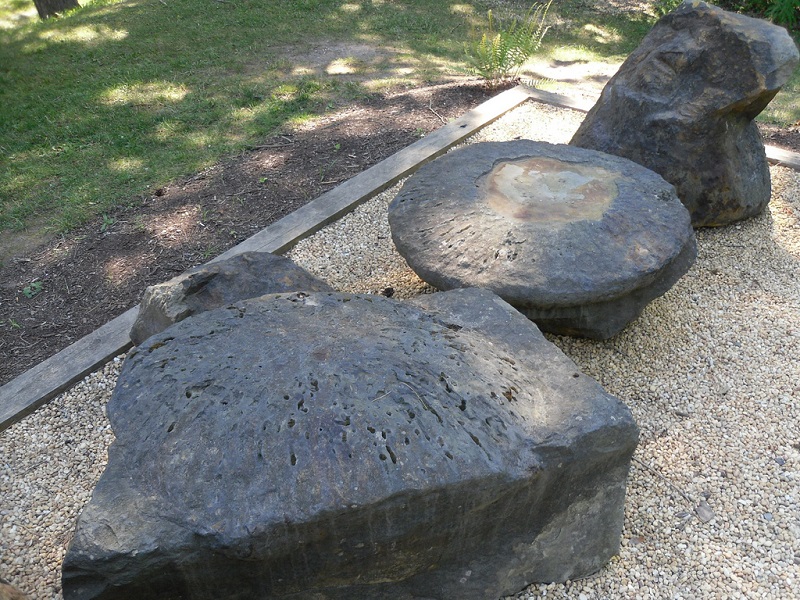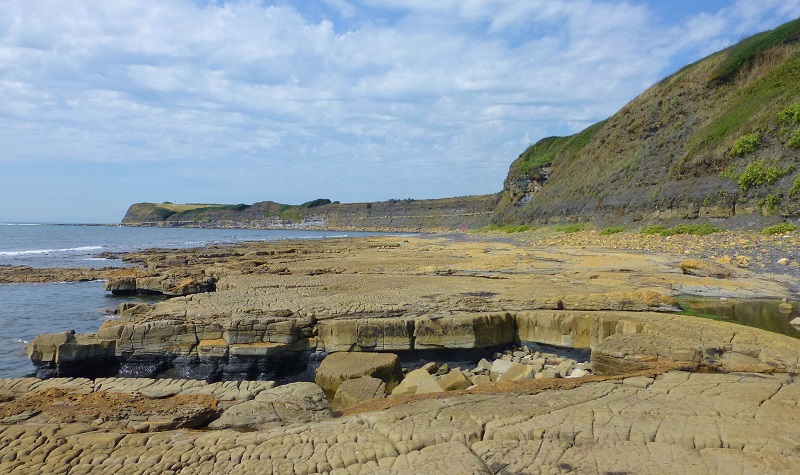Can you imagine our world without trees? Did you know that once upon a time our world was without them! Believe it or not – thousands of millions of years ago there were no trees on Earth at all. It was covered with tiny plants and short vegetation everywhere.
About 400 million years ago, trees started to spring up on the surface of the earth for the first time. With plenty of rainfall and sunlight near the equator, dense forests cropped up. In such forests, the tall trees were only as far as 20 cm away.
As more and more trees grew, the level of carbon dioxide in the atmosphere reduced. This was due to photosynthesis. The reduction in carbon dioxide resulted in the drop in temperatures. This major climate change made our planet livable.
These ancient trees were very different from the trees that cover our planet today.
How do we know?
Just like how we know that dinosaurs existed millions of years ago. Through fossils! To be precise, with the help of Fossil Forests. Sometimes, scientists unearth not one but a cluster of tree fossils at one place. Such a cluster is known as Fossil Forest. Needless to say, these fossils are of trees that existed millions of years ago.
Where can you see a Fossil Forest?
One such place is Gilboa Fossil Forest in New York, USA. In 1920’s New York City began excavating the place to construct a dam. The excavation became special when the workers unearthed a fossil forest there. They discovered many large upright fossilized tree stumps. Paleobotanists later found out that this fossil forest was 385 million years old. A Paleobotanist you may know is a scientist who studies remains of plants from earlier times.

Another fossil forest exists in Dorset, England. These remains belong to the Jurassic period that existed maybe 144 million years ago. This fossil forest is located along the seaside. Fossils formed from upright tree trunks are deep and round. Fossils of fallen trees are coffin shaped. It is the most detailed fossilized forest of any age found till now.

Quite recently, scientists have discovered another Fossil Forest in Svalbard. It is an archipelago in Norway and situated in the Arctic Ocean. The fossils are 380 million years old, same age as the ones at Gilboa. However, study shows that the trees that existed at both places were different. This discovery holds many clues for scientists. For example, it tells them that the vegetation was different at the two places at that time. It also tells us that Svalbard and New York could not have been neighbors in the past. That is for sure, even though our continents are known to be always drifting.
Do you see that discovering fossil forests is just like finding pieces of a puzzle? And as we put these pieces together we can reconstruct how our Earth was in the past! Interesting, isn’t it?
Story Source:
Some parts of the above story are based on materials released by School of Earth and Ocean Sciences, Cardiff University, Wales, UK and by National Oceanography Center, Southampton UK. Note: Materials may be edited for content and length.
Fossil Forest, Image Credit: Flickr user saphirai, via CC





Leave a Reply